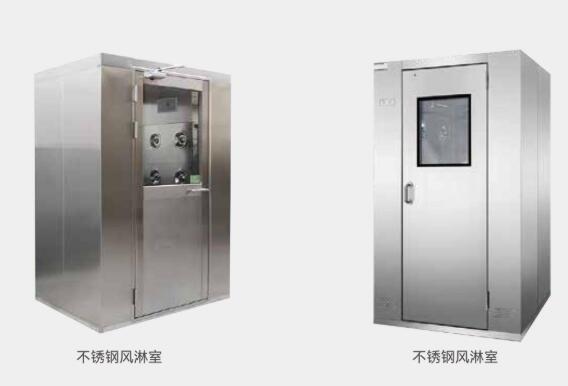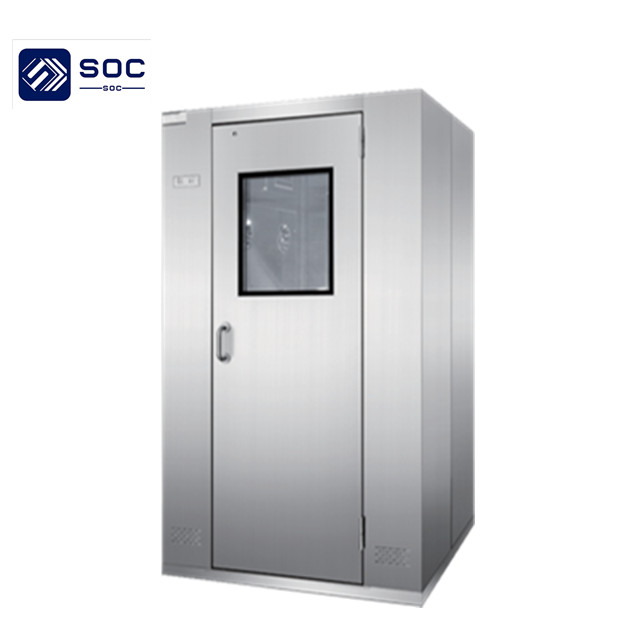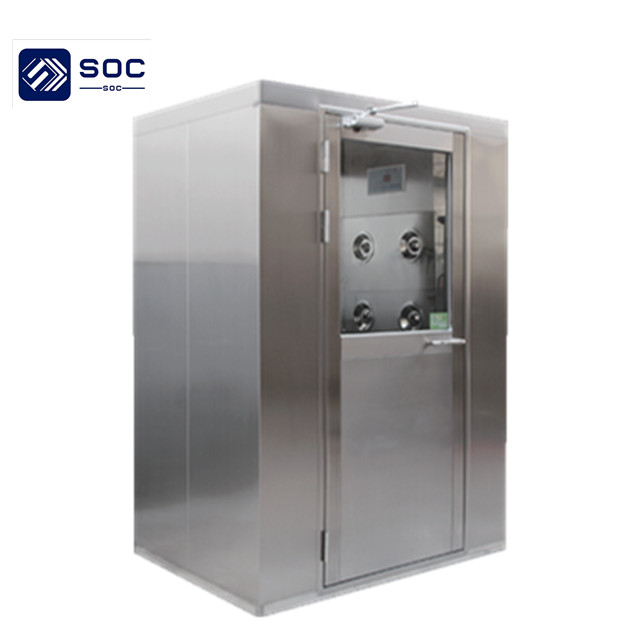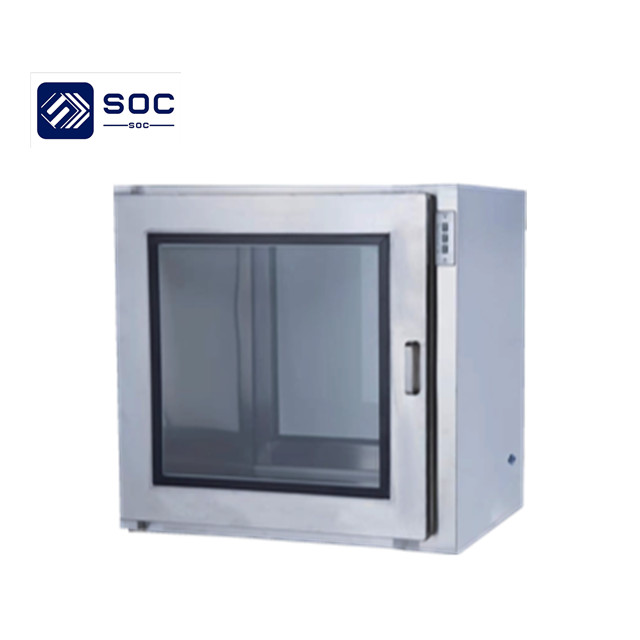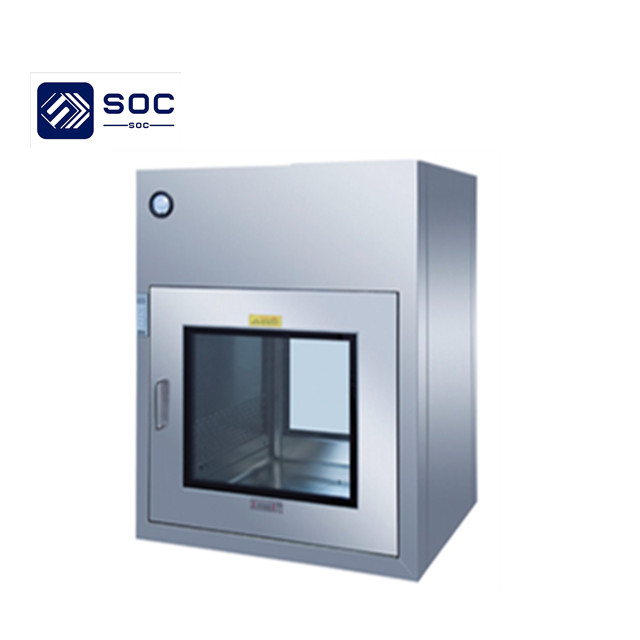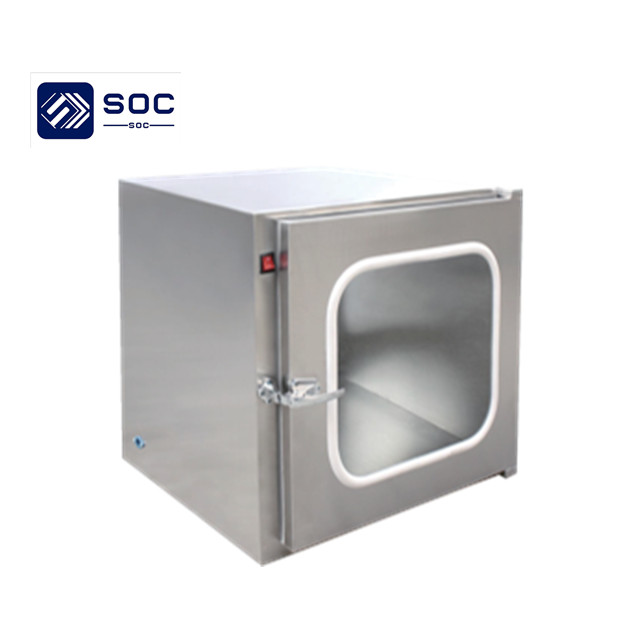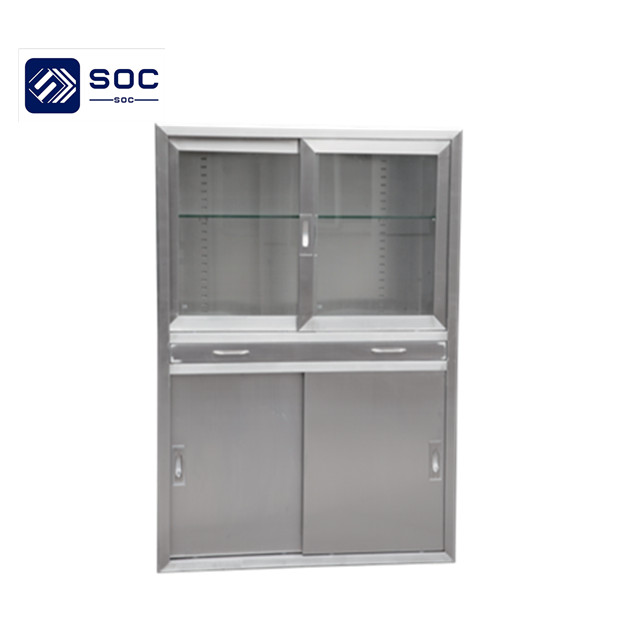Requirements for decontamination of engineering ground |
Publisher: SOC (Jiangsu) Environmental Technology Co.,Ltd. | Hits: 258 | Published on: 2022-8-18 18:15:05 | Close |
| 1. Thin-coat epoxy floor Features: overall smooth, strong adhesion, wear-resistant, acid and alkali resistance, moisture-proof, mildew-proof, colorful, and easy to clean, simple construction, short construction period, economical cost. Scope of application: good floor foundation, no heavy load light industrial workshop, parking lot, office, warehouse, dust-free wall, ceiling painting, old epoxy resin floor repair, etc. Construction steps: 1. Plain ground treatment: clean the original ground with a mill, and then remove dust; 2. Primer: Scrape the prepared epoxy resin primer on the dust-cleaned ground with a trowel; 3. Halfway: After the primer is dry, scrape the prepared intermediate coating on the primer with a trowel (it can be scraped several times according to the ground condition) 4. Top coat: After the top coat is cured, shovel off the protruding particles and other sundries, and use a roller to roll the prepared top coat on the center coat. 2. Epoxy glass fiber resin floor Features: It can improve the strength and integrity of the floor substrate, strong adhesion, not easy to crack, water-leakage, excellent anti-corrosion performance, not easy to age, beautiful and easy to clean. Scope of application: Cement floors that require enhanced tensile strength, or first-floor floors and drains that are resistant to strong acid, alkali, chemical solvents, and corrosion. Construction steps: 1. Plain ground treatment: first grind off the sundries on the original ground to make the ground rough, and then remove dust; 2. Primer: Scrape the prepared primer on the dust-cleaned ground with a trowel; 3. Glass fiber layer: After the primer is dried, spread the glass fiber cloth on the ground, then pour the resin on the glass fiber cloth, and scrape it evenly with a trowel; 4. Middle coating: After the resin of the glass fiber layer is cured, use a mill to grind off the protruding burrs, then clean and remove dust, and then trowel the prepared middle coating on the glass fiber layer with a trowel; 5. Top coat: After the top coat is completely cured, use a grinder to roughen the surface, remove dust and clean it, and then apply the prepared top coat on the center coat with a trowel. 3. Epoxy Mortar Flooring Features: wear resistance, impact resistance, good hardness; anti-chemical solvent and acid, alkali, salt medium corrosion surface; can be made into non-slip or matte surface. Scope of application: Electronic appliances and machinery factories that require good ground wear resistance and certain impact resistance. It can travel 1-2 tons of forklifts, heavy trolleys, etc. It is especially suitable for the first floor and uneven ground. Construction steps: 1. Plain ground treatment: use a mill to grind the original ground as a whole, then clean and dedust; 2. Primer: Scrape the prepared epoxy primer on the dust-cleaned ground with a trowel; 3. Mortar layer: After the primer is cured, mix the resin and quartz sand evenly in proportion, and scrape the primer on the primer with a trowel (the number of quartz sand used is different depending on the thickness); Fourth, the middle coating: after the mortar layer is cured, the adjusted resin is troweled on the mortar layer with a trowel; 5. Top coat: After the middle coat is completely cured, use a grinder to polish the surface again, then clean and remove dust, filter the adjusted epoxy top coat, and trowel on the middle coat with a trowel. . 4. Emery hardener wear-resistant floor characteristic: 1. The cured surface has high hardness, wear resistance and no dust; 2. The ground can withstand large impact loads; 3. It is integrally bonded with the base concrete, and it will not bulge or fall off; 4. The hard and dense surface can resist the erosion and penetration of grease, special hydraulic oil and various industrial chemicals to the greatest extent; 5. Daily cleaning is convenient and simple, saving materials and reducing costs. Scope of application: It is suitable for most industrial plants, warehouses, parking lots, warehouse-style shopping malls, etc., especially in areas where vehicles travel. 5. Epoxy anti-static floor Features: It has all the excellent properties of epoxy resin floor, can quickly discharge electrostatic charge, long-lasting anti-static effect, surface resistivity reaches 10¬5-109Ω, and ground resistance discharge meets the international GB6650-86A standard. Scope of application: bioengineering workshop, electronics, microelectronics workshop, clean room, electronic component production area, semiconductor workshop SMT, bonding workshop, etc. Construction steps: 1. Plain ground treatment: first grind the original ground as a whole with a grinder, then clean and dedust; 2. Primer: Scrape the prepared primer on the dust-cleaned ground with a trowel; 3. Fabric copper mesh: After the primer is cured, lay a copper mesh layer with a horizontal and vertical 3-meter square on the ground, and leave a grounding box; 4. Conductive mortar layer: After the copper mesh is laid, mix the adjusted conductive material and quartz sand evenly, and then scrape it on the copper mesh layer; 5. Conductive middle coating: After the mortar layer is cured, scrape the adjusted conductive middle coating on the mortar layer with a trowel; 6. Conductive putty layer: After the middle coating is cured, grind it again with a mill, then clean, remove dust, and then scrape the adjusted conductive putty on the middle coating; 7. Anti-static topcoat: After the putty layer is cured, trowel the adjusted topcoat on the putty layer with a trowel. 6. Epoxy color sand floor Features: overall smooth, anti-corrosion, high wear resistance, transparent and smooth surface, bright colors. Scope of application: areas with high requirements for mechanical properties and aesthetics. Such as: food factories, electronics factories, shopping malls, showrooms, corridors, car showrooms, etc. Construction steps: 1. Plain ground treatment: use a mill to grind the original ground as a whole, then clean and dedust; 2. Primer: Scrape the prepared transparent resin on the cleaned floor with a trowel; 3. Colored mortar layer: After the primer is cured, mix the transparent resin, colored sand, and curing agent evenly in a certain proportion, and scrape the primer with a trowel; 4. Intermediate coating: After the mortar layer is cured, scrape the prepared transparent resin on the mortar layer with a trowel; 5. Top coat: After the middle coat is completely cured, use a mill to grind off protruding particles and other sundries, then clean and remove dust, and then evenly mix the colorless and transparent epoxy top coat with a trowel. on the medium coat. 7. Water-based epoxy resin floor Features: excellent anti-corrosion, alkali resistance, oil resistance, curing performance is less affected by temperature and humidity, good adhesion to wet ground, construction several millimeters thick without cracking. Scope of application: It is suitable for general ground, especially suitable for construction in humid environment. Such as underground parking lot, wet ground on the first floor, wet season. Construction steps: 1. Plain ground treatment: use a mill to grind the original ground as a whole, then clean and dedust; 2. Primer: Scrape the prepared epoxy primer on the dust-cleaned ground with a trowel; 3. Mortar layer: After the primer is cured, mix the resin and quartz sand evenly in proportion, and scrape the primer on the primer with a trowel (the number of quartz sand used is different depending on the thickness); Fourth, the middle coating: after the mortar layer is cured, the adjusted resin is troweled on the mortar layer with a trowel; 5. Top coat: After it is completely cured in the middle, use a mill to polish the surface again, then clean and remove dust, filter the adjusted epoxy top coat, and apply it on the middle coat with a roller. 8. PVC anti-static floor Features: The surface resistivity of the product is 105-108Ω, the construction is convenient and fast, and it is easy to clean and maintain. Scope of application: Electronics, microelectronics, components, general equipment, manufacturers, SMT bonding workshops, etc. with anti-static requirements in production. Construction steps: 1. Plain ground treatment: use a mill to grind the original ground as a whole, then clean and dedust; 2. Conductive primer: use a special scraper to scrape the conductive primer evenly on the dust-cleaned ground; 3. Copper mesh layer: Lay copper and platinum on the ground at a distance of 3 meters; 4. Laying PVC panels: After the conductive adhesive is dried for about half an hour, lay the PVC panels on the floor in a certain order; 5. Welding wire: After the panel is laid, use a slotting machine to open a V-shaped groove at the link of the panel, then use a welding torch to weld the electrode in the V-shaped groove, and use a spatula to level the protruding electrode. Summarize In order to quickly and accurately select the appropriate epoxy floor material and optimize the floor design in terms of performance, appearance, safety, economic performance, etc., we recommend starting from the following factors. 1. Use performance requirements Mechanical behavior: Wear-resistant - what vehicles will the floor walk on when it is in use? Pressure Resistance - How much load will the floor withstand when in use? Impact Resistance - Will impact cause the floor finish to detach? Chemical properties: Acid and alkali resistance - the type and concentration of corrosive chemicals in use, Solvent Resistance - Solvent type and contact time in use. 2. Floor situation basement or ground floor Do you need a moisture-proof treatment or choose a special moisture-proof floor? 3. Basic layer situation Floor strength - generally requires compressive strength ≥ 20MPa. Flatness—whether it needs to be repaired with epoxy mortar 4. Beautiful Color - Do you need color to delineate the area? Brightness - Matt or Shine? Flatness - Are there any requirements for the flatness of the floor? 5. Anti-spark and static electricity There are occasions where this is required for the floor. 6. Financial budget Choose the right floor for your budget. 7. Security requirements In oily environments or on ramps, choose a non-slip floor. |


